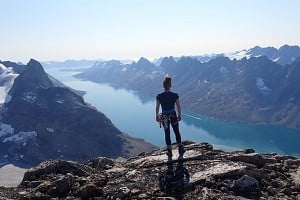
Earlier this year, a team of six kayaked ~450km along the west coast of Greenland, scoping out and establishing new routes on the vast granite cliffs of the Arctic Ocean. Jacob Cook and Bronwyn Hodgins told us more about the expedition; how they prepared, the routes they established, and what it's like to live in constant daylight.
Can you summarise the trip for us?
Over sixty-five days, our team of six (Jacob Cook, Bronwyn Hodgins, Jaron Pham, Zack Goldberg-Poch, Angela Vanwiemeersch, and Kelsey Watts) travelled ~450km along the west coast of Greenland via inflatable sea kayak, and established new climbing routes on some of the huge granite cliffs rising straight out of the Arctic Ocean.
Beginning in the Inuit community of Uummannaq, over the first month we paddled northwards along coastline and fjords. This journey also included a 20km overland pass, for which we packed up the kayaks, gear and food and carried everything across in three loads each, amounting to about 100km of trekking.
On the northern side of the pass, we established three new climbs in alpine-push style, often belaying the first pitch right out of the kayaks! This included a new 400m route by Bronwyn, Angela and Kelsey put up in a 50-hour push with an unplanned bivvy! (Time is a Construct 5.11A2 400m on Red Wall)
The biggest climb of the trip; however, was the first free ascent of Qaersorsuaq (also known as Sanderson's Hope), a 900m face of immaculate granite just south of the small town of Upernavik. Over ~20 days the team established a new route 'Sea Barge Circus' 5.11+ 900m, in Big Wall style, camping on the side of the cliff for a week. Despite sitting through several days of rain and snow on the wall, the team managed to free climb every pitch on lead, arriving all together on the summit on August 21st 2022.
Technical route info:
FA 'Sea Barge Circus' 5.11+ 900m on Qaersorsuaq by Bronwyn Hodgins, Jacob Cook, Jaron Pham, Zack Goldberg-Poch, Kelsey Watts and Angela Vanwiemeersch over 20 days (7 days camped on the wall for the summit push) in August 2022.
FA 'Time is a Construct' 5.11 A2 400m (with sections followed cleanly up to 12d) by Bronwyn Hodgins, Kelsey Watts and Angela Vanwiemeersch over a 50-hour push on August 1st/2nd 2022.
Repeat 'Seagull's Garden' 5.11+ 400m (FA in 2011 by Nico Favresse and Ben Ditto), repeated by Jacob Cook, Jaron Pham and Zack Goldberg-Poch over a 28-hour push.
FA 'Wears Your Paddle?' 5.11- 250m by Bronwyn Hodgins, Jacob Cook and Kelsey Watts on July 26th 2022.
FA 'Fish are Friends' 5.9+ 200m Jaron Pham, Zack Goldberg-Poch and Angela Vanwiemeersch on July 26th 2022.
How did the idea for the expedition come about? You spotted the wall on Google Maps?
Jacob: I had actually been to the west coast of Greenland once before, back in 2013. It was my first expedition, and first time climbing a cliff taller than about 100m! We went by sailboat, and on this trip managed the first ascent of the 1000m Horn of Upernavik. We wanted to continue to some more big walls to the north, but the sail boat had some problems and we never made it. This time I wanted to come back with sea kayaks to approach the mysterious walls to the north that had previously eluded me! I spent a lot of time researching the few climbing expeditions that had already been to the area and just scouting on Google Earth, eventually settling on the 900m North Face of Qaersorsuaq (Sanderson's Hope) as our main objective.
How did you pick your team and who were they?
Bron: The most important thing is finding people that are going to work hard, work well in a team, and have fun while they're doing it! Attitude is everything. On this team we had: myself, Jacob, Jaron Pham, Angela Vanwiemeersch, Kelsey Watts, and Zack Goldberg-Poch.
How did you prepare?
Bron: The trip took a full year of planning. After we came up with the initial idea, Jacob researched the area extensively and compiled a PDF guide book of every established route that he could find - which was not many! We reached out to both climbers and sea kayakers who had been to the area. We used Google Earth to study the terrain and ultimately came up with a route and some objectives. Then it took another several months to sort out the logistics to make this thing actually happen, such as coordinating travel, making sure we had all the right equipment, shipping our gear by ocean freight, reaching out to the local communities, planning and packing the food, etc.
What did you learn on your 2013 trip to Greenland that you could apply this time around? (or other expeditions, including kayaking ones?)
Jacob: The 2013 trip was a wild one for me. I was just way out of my depth and really had no business being there. So I guess the main thing I learned from that trip was just how much I didn't know! I spent the next 9 years big wall climbing and building skills in places like Yosemite, but also undertaking some other big expeditions that combined paddling and climbing. For example, we paddled into and out of the Cirque of the Unclimbables in 2016, and then climbed Mount Asgard and packrafted down the Weasel river on Baffin Island in 2019. These trips all contributed to having the experience and know-how to pull off a big one like this!
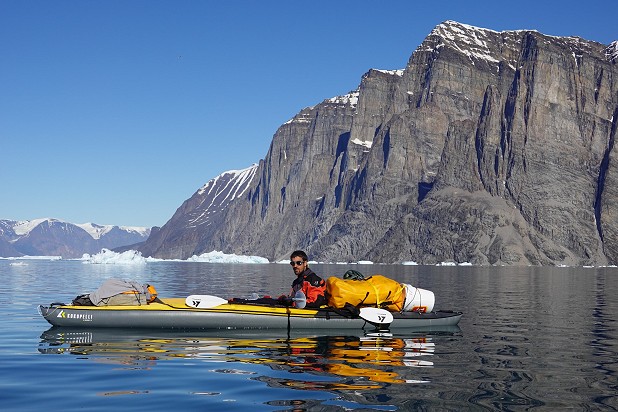
You used other technologies in your planning. Can you explain how you used them?
Jacob: Yes, I used a lot of technologies to plan and execute this trip, and I really enjoy the nerdy side of it all. The main tools I used pre-trip were Google-earth and Sentinel-Hub-Playground, which gives daily updated satellite images of the whole globe, so we could watch the sea ice break up in almost real time.
Then on the trip one of the main tools we used was our Coros GPS watches. It was really useful to be able to follow exactly where we were by GPS, especially during our first open crossing of an ice-fjord in thick fog!
How was the iceberg side?
Bron: Climbing onto an iceberg is actually pretty dangerous. We saw many of them collapse and roll, and these things are huge! The safest ones are large, flat, and tabular. So we picked our iceberg wisely and risked it for a big iceberg luge back into the kayaks!
What was the sea ice like generally? Did it break up sufficiently in time?
Jacob: The ice break was actually a major concern leading up to the trip. The fjords along the coast of Greenland are frozen for most of the year, and this spring in particular the ice break came about 6 weeks later than usual! This meant the communities there didn't get their first cargo ship of the year, with the fresh food and all the goods imported from Europe and beyond. Luckily for us, although it caused some stress, the ice broke up sufficiently the week before we arrived.
Tell us about the kayak sail!
Bron: Our heavily-laden inflatable kayaks were really quite slow and arduous, especially against an unfavourable wind. Fortunately, around a week into the journey the winds switched to the south for a couple of days and we made some great distance by rafting the kayaks together and using our big tarp as a make-shift sail!
You didn't climb for a month while you kayaked. How did you feel physically when you got to Red Wall? Did you feel ready to climb?
Bron: We were very excited when we finally arrived at the beautiful red granite walls after all the kayaking and a week-long portage! Maybe our fingers were a little weaker, but kayaking sure works your shoulders, back and arms. We also barely had time to rest on the journey, so arriving at Red Wall we were pretty exhausted. The climbing almost felt like a relief on our bodies from the repetitive motions of the paddle strokes.
Bron: On the new route us girls put up on Red Wall, the climbing ended up being quite a bit harder than we expected, and we did resort to aid climbing in some sections, especially by the second day after our shiver bivvy. Maybe if we were fresher, we could have free climbed all of it, but that's just how these things go sometimes!
Tell us about the main big wall objective that you climbed? Sounds like you had to wait out some bad weather!
Jacob: Before this trip none of us had experienced sitting out a storm in a portaledge, so I guess that was part of the plan all along! Our biggest climbing goal was to establish a new route (and attempt the first free ascent) on the 900m Qaersorsuaq (Sanderson's Hope). We spent about two weeks fixing lines to a natural ledge halfway up and then committed to the wall for a week to attempt a push for the summit. By this time, it was mid-august, which basically means summer is over. We sat out four days of rain/storm, but managed to squeak in a trip to the summit in a short weather window on day 6!
How was it climbing in a place where it was daylight most of the time? How did you time your movements? Did it affect your energy levels?
Bron: I loved the freedom of leaving the 24-hour clock behind, it just doesn't matter up there! We could set our schedule to follow other rhythms, like the cycle of the tide while kayaking. When climbing, especially on alpine-style pushes, racing the daylight doesn't matter and that too can feel quite freeing. It's also a little safer because if something did go wrong, you aren't worried about having to navigate tough/unknown terrain in the dark.
Did you have any epics?
Bron: Nothing too bad. Maybe leading 5.11 in a storm 700m high on Qaersorsuaq was a little epic, but we easily bailed back to our hanging camp. Having our camp up there defintely made it less committing in some ways. Also when Ang, Kels, and I were on Red Wall for 50 hours, we'd planned to do it in a push and didnt really have bivvy gear. But the ledge we slept on was big, with a water drip, and in the sun while we slept, so it turned out really not all that bad.
Jacob: Just bear in mind that Bron understates everything!
Bron: Actually, maybe one of the scariest moments happened on the tidal mud flats as we began the week-long overland section of our journey. We were wading upsteam against the current in water about waist high, and the mud under our feet was like quicksand. If you paused for a moment you sort of got sucked in. The group was a little separated and Kelsey started to sink into the mud, but she luckily managed to get herself out as we were coming to her rescue.
What would you have done differently, if anything?
Bron: We could have brought a few more bars on Red Wall! We had big puffies, emergency bivvy bags, an Inreach and radios, so we weren't too concerned about safety when the push was taking longer than expected. It just goes to show the importance of being prepared, especially on these long committing routes in a remote area. In the quicksand we probably should have stayed closer together, though Kelsey was only about 20 metres from us when she got a little stuck, so again everything was fine.
Jacob: Next time I would try to arrive at the big wall earlier than mid-august to beat the snow!
What's your next objective?
Bron: I'm headed down to Utah to check out the roof crack mecca under the White Rim.
Jacob: I'm currently in Yosemite to climb some of the walls here, and maybe attempt some link-ups. In terms of big expedition objectives, I find I usually have the motivation/energy/psyche to put one together every three years, so err... I'll tell you in 2025!
The film of this expedition, 'Sea to Summit', is one of three films showing as part of this years 'Brit Rock Tour'.
2nd November - 17th December, 21st Jan, 4th Feb, 9th Feb, 5th Mar
Click here to watch a trailer, read about the other films showing, and find out where you can watch the film.
Instagram handles:
@jacobcookclimbs @bronwynhodgins @jaronimooo @angela_vanwiemeersch @kelseawaters @zackgp
The trip recieved major support from: Rab, Wild Country, Coros, Kokopelli, Level Six, the John Lauchlan Memorial Fund, BMC, MEF, Andrew Croft Memorial Fund.
With additional support from: Hyperlite, Edelweiss, Heather's Choice, Voltaic Systems, Hornby Bars.

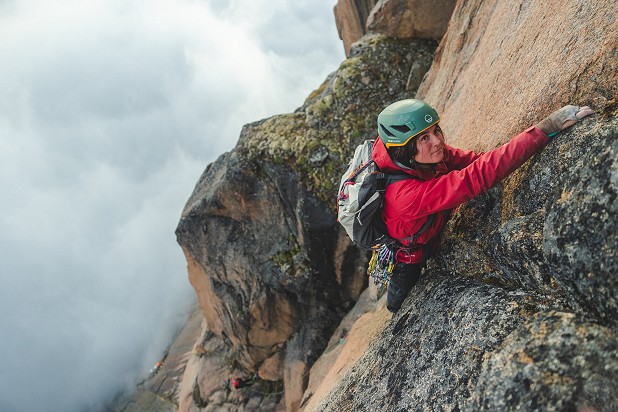
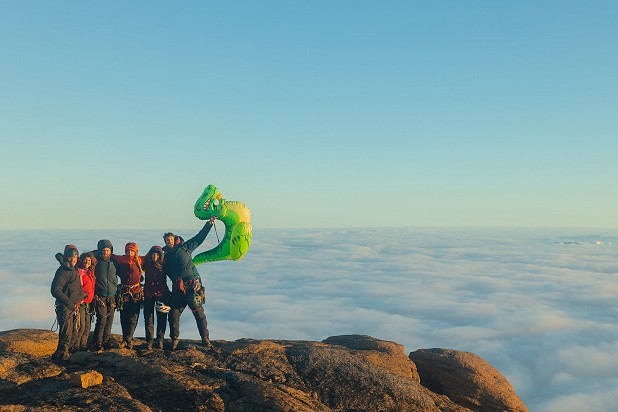
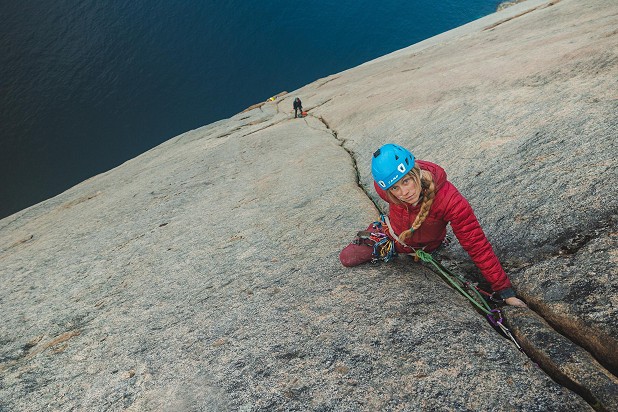
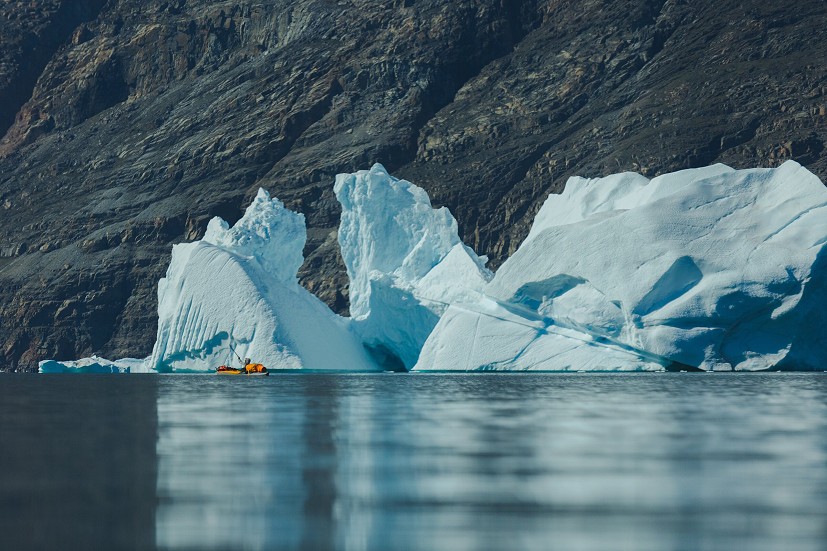
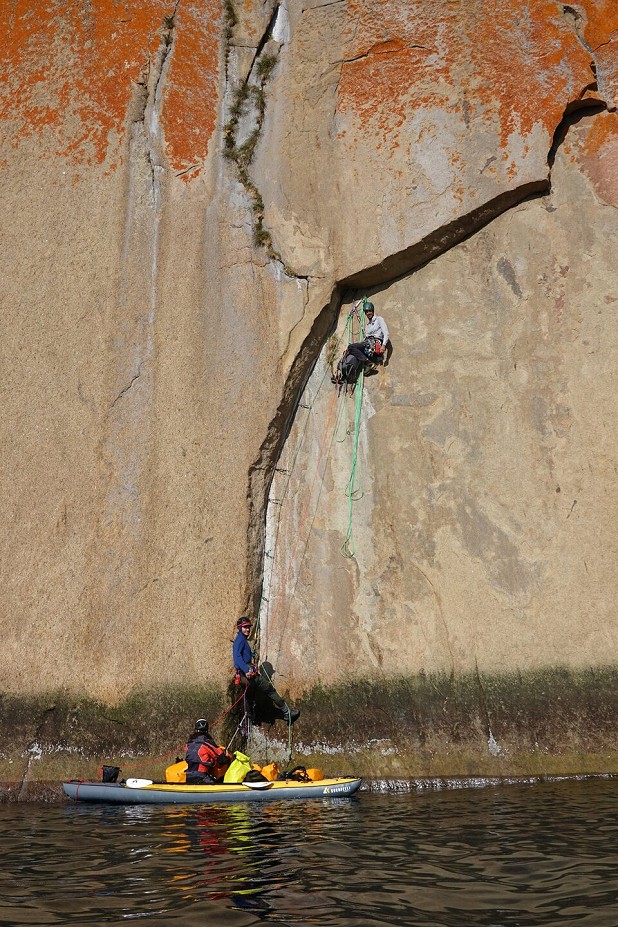
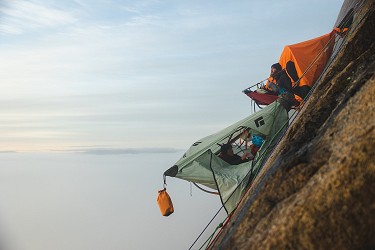
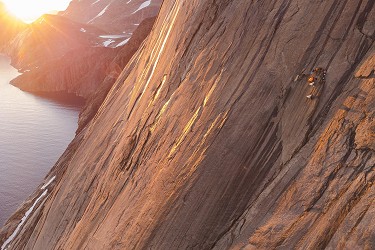

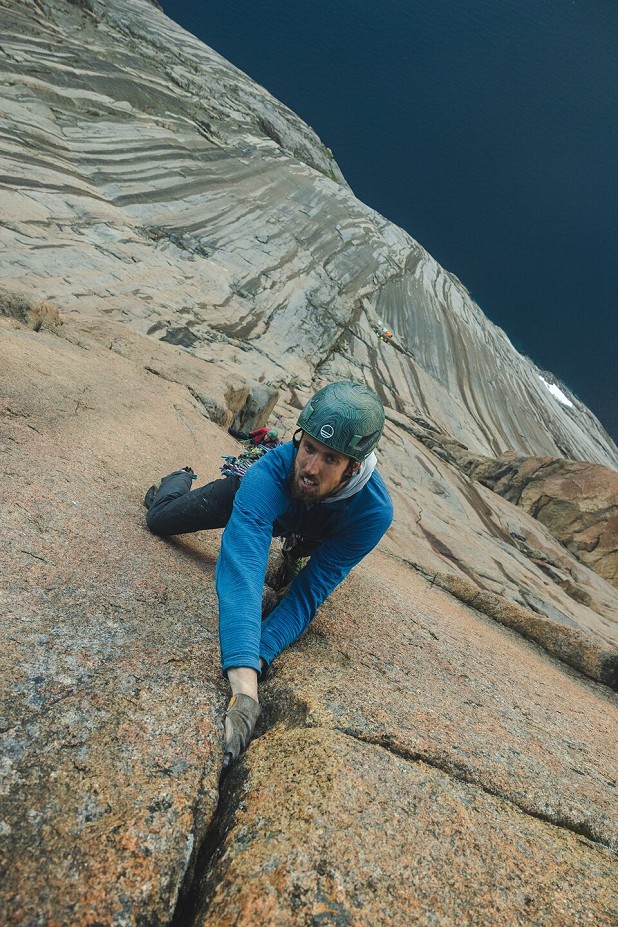
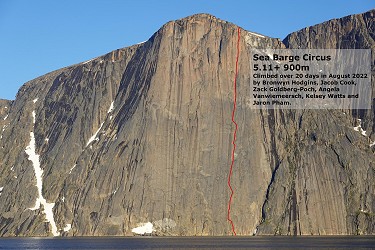
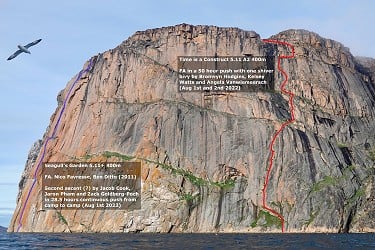
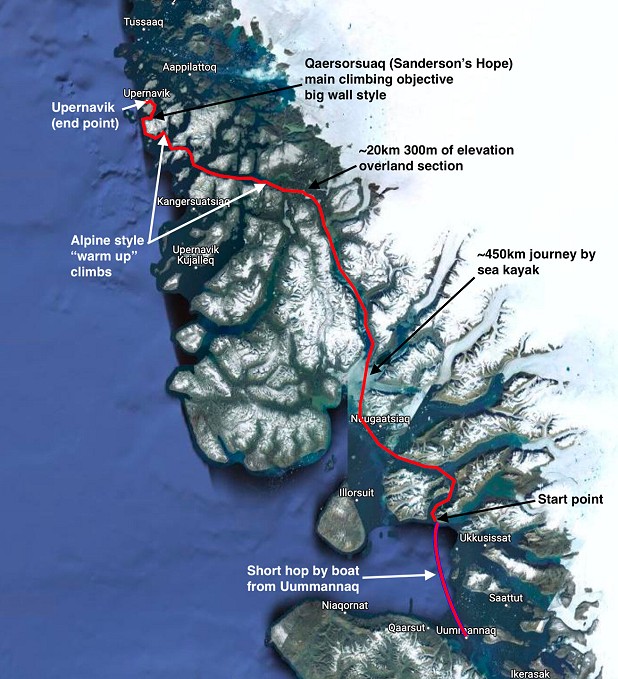
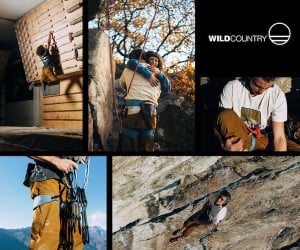
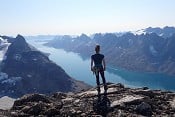
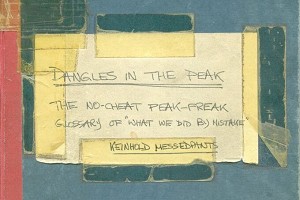
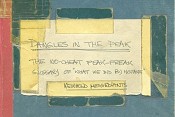
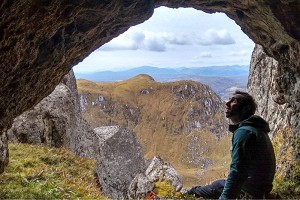
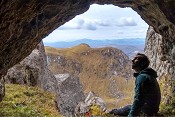










Comments
Is the 450km correct? Google Earth would suggest 250km might be closer to the mark...
I'm guessing they didn't paddle in a straight line
Great read, I'm wondering if perhaps there might be a short film of this adventure. The whole kayak/climb thing is a great way of going on a trip. We've only done Gola Island in Ireland which is a much easier proposion than this but it does give you access to some very wild places.
A straight line is circa 215km. 450km seems like there and back again…
Coastlines really are very very wiggly....
I love hearing about these guys exploits, mega inspirational adventures.